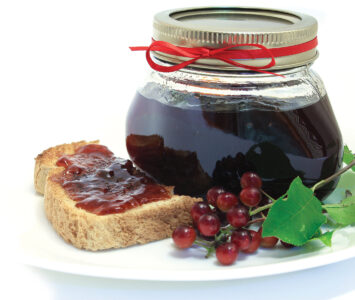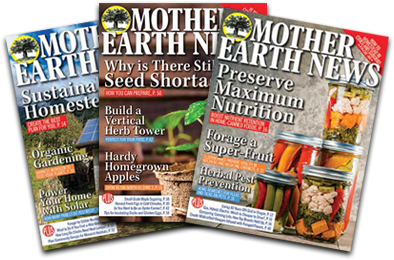In the spring of 2020, we decided to venture into meat rabbits and stop raising meat chickens.
One of the reasons being rabbits are much more sustainable: you don’t need to order meat breeds from a hatchery or try and breed and/or hatch with low success rates in some of the more traditional broiler breeds. Raising rabbits for meat provides a consistent source of protein compared to chickens.
We bought a breeding trio consisting of two does and a buck. This breeding stock was selected carefully to ensure good reproduction rate and meat quality. We decided on the TAMUK Composite rabbits bred out of Texas A&M as they are a mix bred for heat tolerance. With our 100°F+ summers, that was important for our area. Rabbits do not tolerate heat well and are sometimes known to die in temperatures over 85°F. We make sure each rabbit gets a frozen 2 liter bottle on any day over 85°F to snuggle up to cool off.
Breeding, Harvesting, and Feed Costs
One of our does took three separate breedings for have a successful litter, the other was successful on her first breeding. Rabbit breeding can vary by doe and overall breed characteristics, so breed selection is crucial for productivity. Both proved themselves to be great first time moms, both having litters of five their first time. The litter size should increase with subsequent litters. At about 8 weeks old I was able to successfully sex the kits (What should I feed my kits?)and separate by gender so as not to have any unplanned pregnancies. At 16-17 weeks old they were harvested.
Their dressed weights {cleaned and gutted} averaged 5.5 lbs per rabbit. These harvest weights are standard for many meat rabbit breeds such as New Zealand Whites and Californian rabbits. Once I knew the weights, I calculated that it cost me $1.25/lb to raise the rabbits. Of course this doesn’t account for their shelter or any accessories such as water bottles, or my daily time spent caring for them, but those types of things can be used for many years and so I did not factor in those costs. Just pure feed costs.
Using rabbit pellet feed along with natural forage ensured a good feed conversion ratio and healthy growth rates. I didn’t account for hay as I feed them what my goats waste, and supplement them with lots of forage from around the property and greens I grow in my garden. Rabbit feed choice can impact meat quality and overall pounds of meat harvested per year. This was a lot less costly than I was expecting and proves to be a very affordable, high quality meat!
Housing, Manure Benefits, and Processing
We built a wooden hutch with three compartments, one each for the breeding trio members. We later purchased a metal triple stacking hutch for the grow-out rabbits.
DIY builds are almost always cheaper and higher quality. Raising rabbits as Backyard Livestock is growing in popularity, with organizations like Livestock Conservancy promoting heritage breeds for sustainable homesteading. Rabbits are also extremely quiet and can be raised in small spaces such as a suburban backyard, no huge farm required.
And the garden gold they gave us! Rabbit manure is considered a cold manure, meaning it can go straight into your garden to fertilize plants. We had a lot of manure! The garden will be fertilized for months to come, thanks to the grow-out rabbits.
Their rapid reproduction rate compared to other small livestock makes rabbits an efficient choice for sustainable meat sources. Their pelts were saved to be preserved and tanned at a later date, their fur is some of the absolute softest you’ll ever feel. Pelts can be made into vests, throws, pillows…whatever you like.
Processing the rabbits was very quick, each one took me approximately 15 minutes from start to finish. Rabbit processing at home requires minimal equipment and yields clean carcasses ready for the freezer. The organ meats were saved for a delicious liver, heart and kidney p’té. In case you’re wondering why eat the organ meats, organ meats are the true super-foods and have some of the highest nutrition around.
To continue for years to come, when it’s time to retire the breeders, you can hold back another trio from the offspring to pickup where the older ones left off. This cycle of rabbit breeding ensures continuous meat sources and maintains healthy breeding stock over time. No hatchery or delivery service needed. Transitioning to meat rabbits was a great choice for us, one I recommend trying if you are looking to add a sustainable meat source for your family.
Nicole Wilkey transitioned from a corporate job to small-scale farmer in 2015. Since then, she has run California-based Flicker Farm to accommodate meat pigs, mini Juliana pigs and pastured poultry, and to sell goat’s milk soap and lotion on Etsy. Connect with Nicole on Instagram and Facebook, and read all of her MOTHER EARTH NEWS postshere.
All MOTHER EARTH NEWS community bloggers have agreed to follow our Blogging Guidelines, and they are responsible for the accuracy of their posts.









